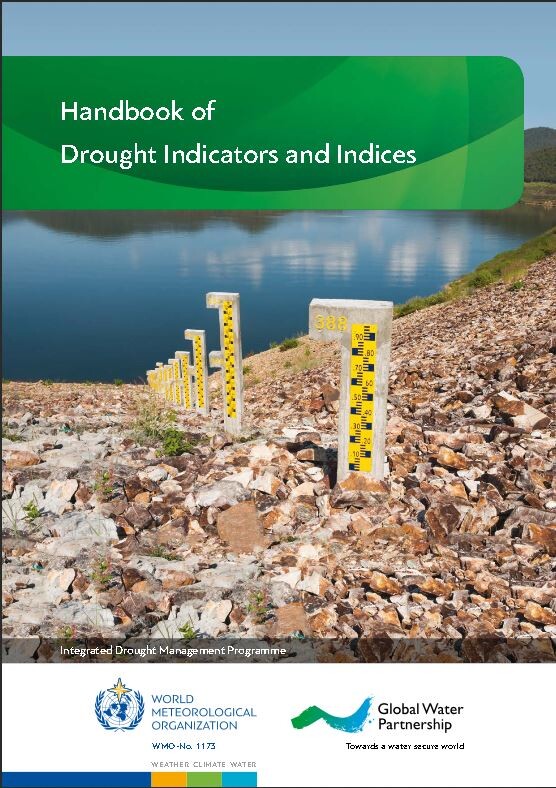
A new publication by climatologists from the National Drought Mitigation Center at the University of Nebraska–Lincoln has combined 50 drought tools used by global planners and policymakers into a single resource guide.
Written by Mark Svoboda and Brian Fuchs, “The Handbook of Drought Indicators and Indices” is available online. It is part of the Integrated Management Tools and Guideline series offered by the Integrated Drought Management Programme, a partnership by the World Meteorological Organization and Global Water Partnership. It will be translated into Arabic, Chinese, Spanish, French and Russian.
“For a long time now, users of drought indicators for operational or research needs have been asking for a catalog of the most widely used indicators around the world,” Svoboda said. “I believe we have put together one of the most thorough and up-to-date catalogs of indicators being applied today.”
The publication gives an overview of available tools, programs and literature being used in drought-prone regions and includes where it originated and what data it utilizes. Each is further broken into classification — meteorology, soil moisture, hydrology, remote-sensing and composite or modeled — and then given an ease-of-use category, green being the easiest to access or use and red being the most data-intensive and complex.
Indicators and indices provide options for identifying the severity, location, onset, duration and cessation of drought conditions, according to the guidebook, and it’s important to remember impacts vary by region and by season. It’s also important to remember there is no one-size-fits-all definition of drought, Svoboda and Fuchs write. No single index or indicator can be applied to all types or areas affected by drought.
“The list of indices and indicators is a great starting point on what can be done with data available to a user and also where to go to find out more information,” Fuchs said. “Starting with the Palmer Drought Severity Index in the 1960’s to all of those currently listed in the guidebook, the science behind drought has come a long way and offers many opportunities to those wishing to do more in the way of monitoring as part of an early warning or planning system.”
The “living document” will allow users to leave comments about what indicators they use in an online database, which could provide guidance to others battling drought. Their comments can highlight the strengths or weaknesses of tools, helping decision-makers choose the ones best suited to their planning and drought mitigation needs. To access the interactive version of the drought guidebook, click here.
“These are the building blocks,” Svoboda said about the tools presented in the publication. “How they can be applied is the next step.”
Both Svoboda and Fuchs say this book is intended to be a reference, and both are looking to the future and the possibility of creating an application guide — maybe even a smartphone application — to accompany it. They want to see the tools available at people’s fingertips.









